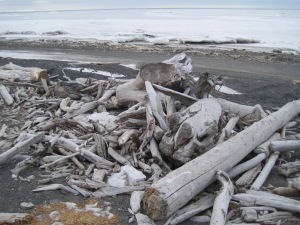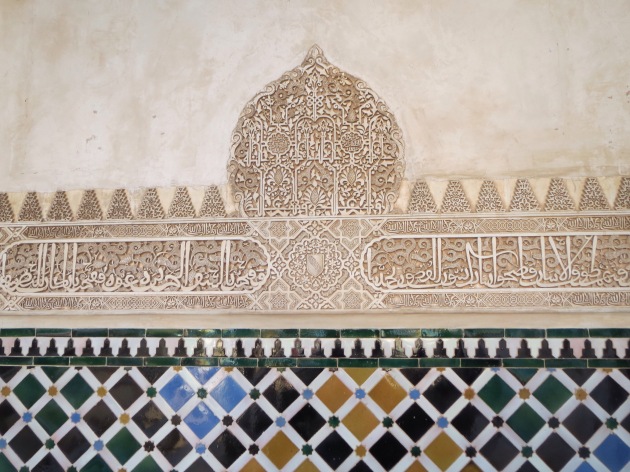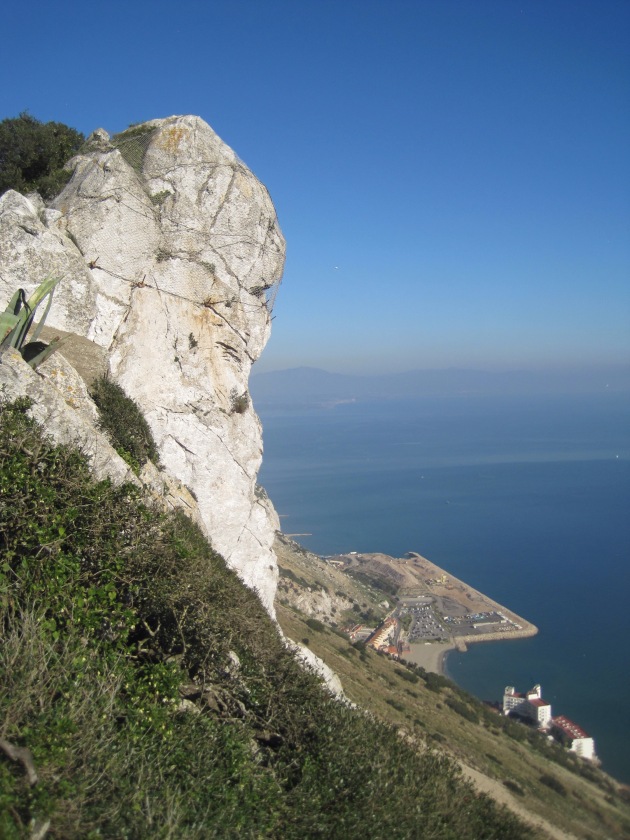Jan. 28-29, 2015
This will be the first of 3 visits to Petersburg, Alaska for the year 2015. I am assisting them as they hire a new superintendent of schools. This is a short blog which highlights the community of Petersburg in the words outlined in job description for the superintendency! 
Petersburg is an island home to approximately 3,000 residents, where small town life influences the social and work environments. The town, located on the north end of Mitkof Island, is nestled among the forested islands and mountains of Southeast Alaska’s Inside Passage. Nearby Frederick Sound is a summer feeding grounds for hundreds of humpback whales. The Stikine-LeConte Wilderness Area, with its beautiful LeConte Glacier calving off tons of bright blue icebergs, is a short boat ride away.
Mitkof Island was once home to Tlingit fish camps. Present-day Petersburg was settled in the 1890’s by Norwegian fishermen and families. To this day, Petersburg reflects the cultural and artistic influences of its early roots.
Petersburg is surrounded by the Tongass National Forest, the world’s largest temperate rainforest. In 2014 Petersburg had record rainfall receiving over 115”, though this rain helps the lush environment. Its maritime climate means that summers are cool and winters are mild. Average precipitation is approximately 110 inches, which mostly arrives in the form of rain. Recreational opportunities abound in this area of natural beauty including boating, hiking, camping, fishing, hunting, sea kayaking and whale-watching.
Homeport to one of the most productive commercial fishing fleets in the state, Petersburg has three busy fish processing plants operating in the summer. Both the Forest Service and Coast Guard have a presence in Petersburg helping add to the diversity of the community.
There is twice-daily Alaska Airlines jet service to either Juneau/Anchorage or Seattle, and the Alaska’s Marine Highway System ferries dock in Petersburg. Excellent medical services include a hospital with a clinic and long-term care unit, four doctors, two dentists and a full-service pharmacy. Attractive senior citizen housing is also available. Many families are second and third generation residents who have grown up in Petersburg and graduated from the schools their own children and grandchildren now attend. The stability of the community and educational environment contributes to a longstanding reputation for high student expectations and achievement.





























 </a
</a






 </a
</a


















